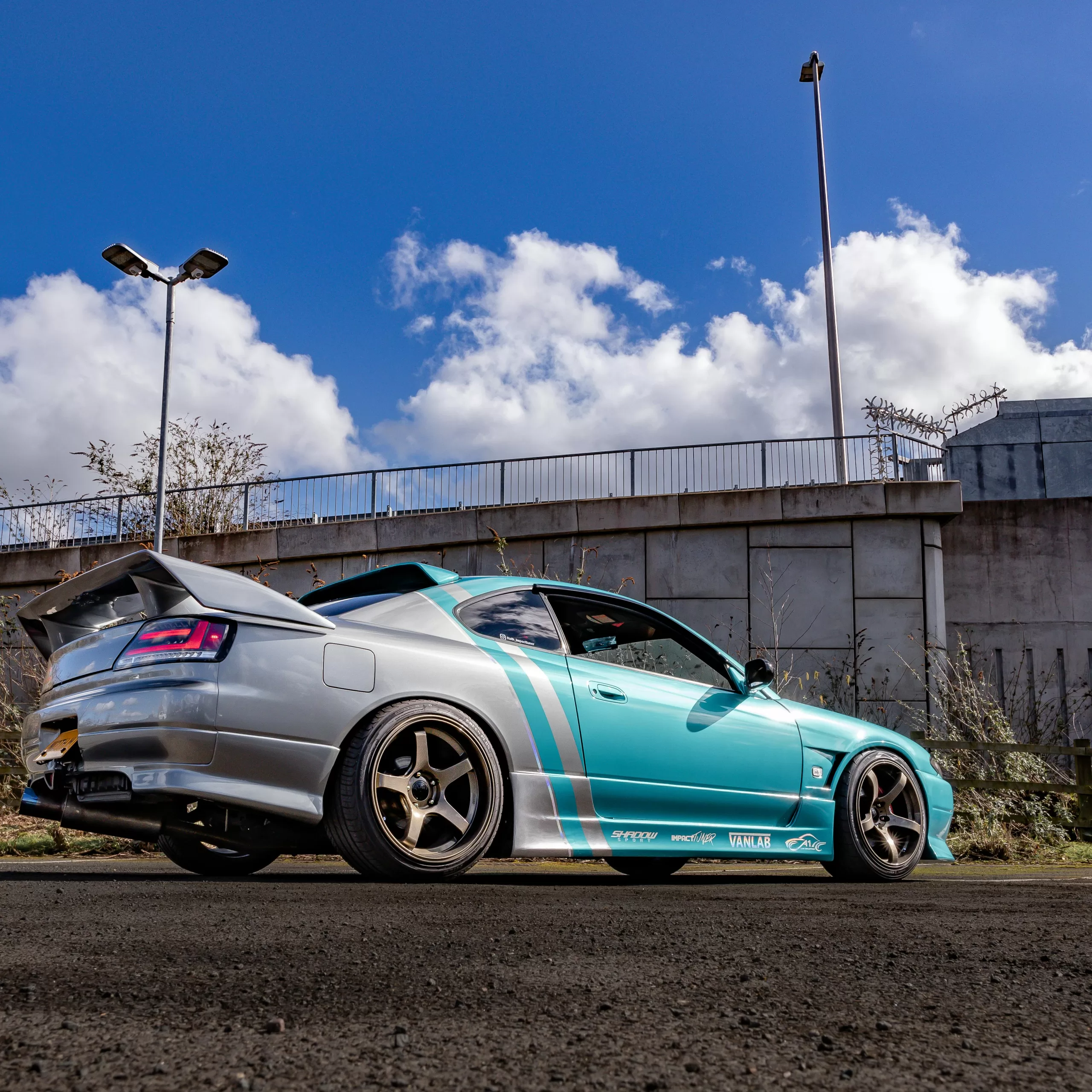Among Japanese automakers in the 1980s, few beyond flagship luxury brands attempted mid-engined sports cars owing to complexity and costs resisting mass-market viability. Toyota bucked convention by launching its peculiarly named, economically priced MR2 (Mid-engine Runabout 2-seater) in 1984. What seemed a gambit to attract younger buyers evolved across three distinct generations spanning 26 years into a focused enthusiast torchbearer for Toyota’s latent sporting spirit. Light in weight yet big on character, the MR2 bloodline endures as a dear missing link among affordable sports cars.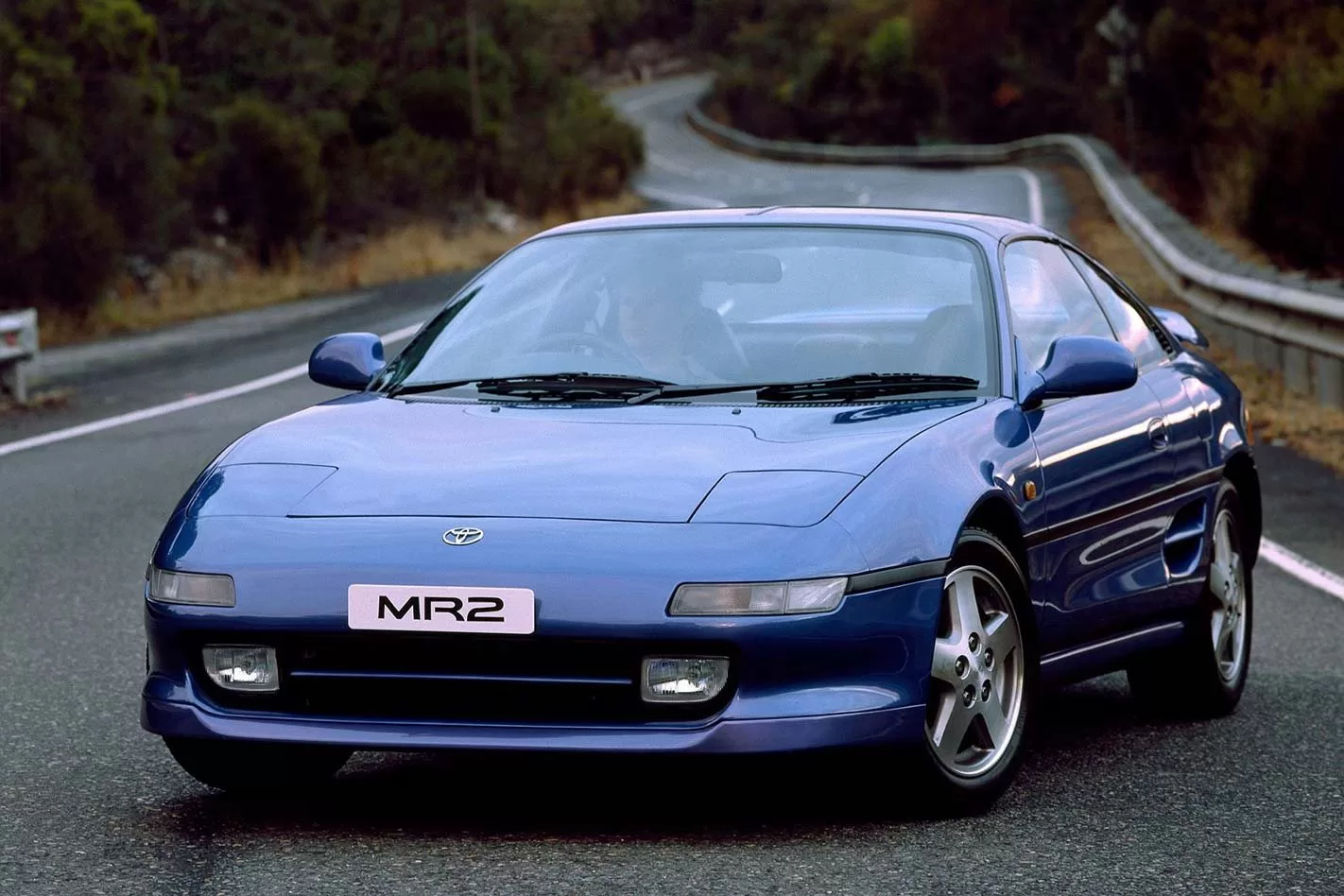
The MR2 Origins Behind Toyota’s First Midship Sports Car
Following a pivotal 1979 internal design competition to stoke passion within its team, Toyota greenlit a small team under lead engineer Akio Yoshida to pursue a pure mid-engine two-seat sports car mimicking similar European offerings – notably the Fiat X1/9 and Lotus Esprit – at a palatable price. Using flat surfaces, simple mechanics, and narrow overall width to aid production cost control, Toyota packaged the new front midship layout into a subtle yet handsome profile adorned by pop-up headlights and blacked-out A-pillars.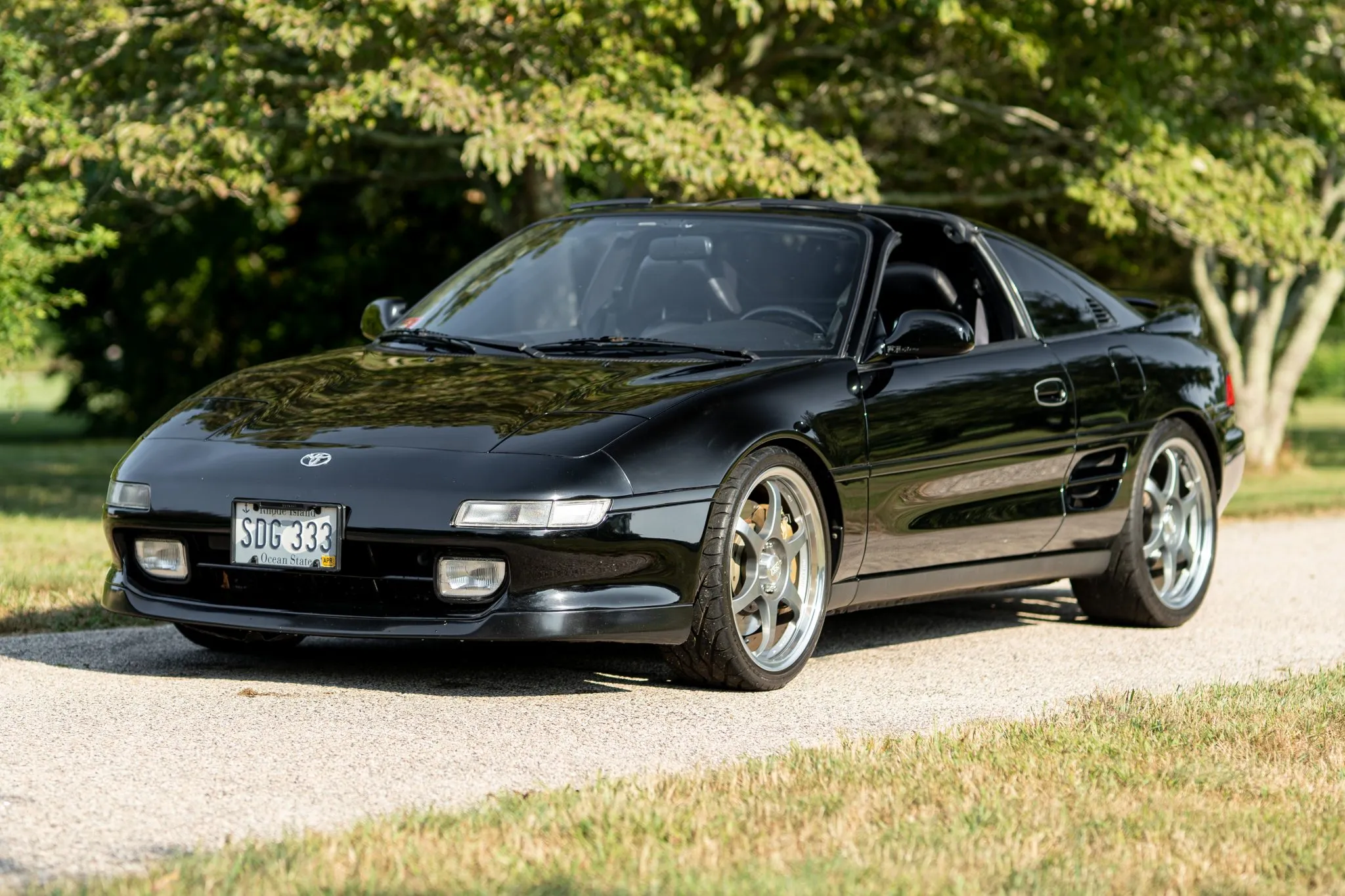 At 2,340 pounds, the agile MR2 weighed scarcely more than Toyota’s cheery FR-layout Corolla despite housing its all-alloy DOHC 4-cylinder behind the cabin. Performance enthusiasm proved infectious during testing, convincing Toyota it had the bones of an affordable bizarre.
At 2,340 pounds, the agile MR2 weighed scarcely more than Toyota’s cheery FR-layout Corolla despite housing its all-alloy DOHC 4-cylinder behind the cabin. Performance enthusiasm proved infectious during testing, convincing Toyota it had the bones of an affordable bizarre.
First Generation (W10 1984-1989) – The Originator Appears
When originally launched in 1984, Toyota offered just the fuel-injected 112-horsepower 4A-GE engine mated exclusively to a 5-speed manual driving 145/60 tires shod on quintessentially 1980s alloy wheels. But thrift didn’t translate to soft or stodgy reflexes. On the contrary – the eager handling and free-revving twin cam won ardent approval from road testers who remarked on speed belying the sub-$10k base cost.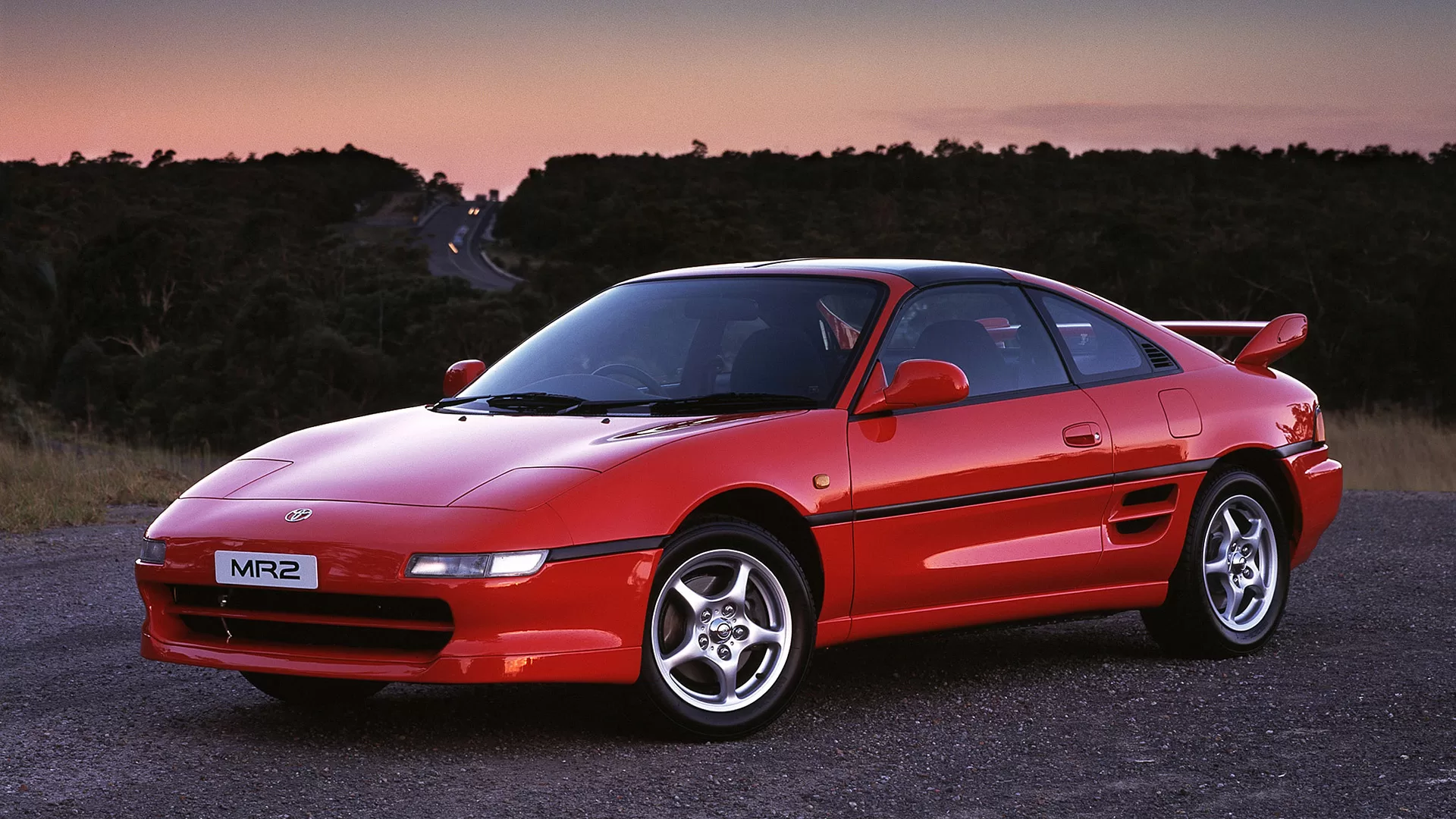 Initial sales spiked as waiting lists swelled, affirming Toyota qualified buyers wanted engageable performance without typical sports car compromise. Lasting popularity inspired Toyota to extend the angular wedge W10’s lifespan, keeping its essence largely intact over 5 model years constituting the longest MR2 generation.
Initial sales spiked as waiting lists swelled, affirming Toyota qualified buyers wanted engageable performance without typical sports car compromise. Lasting popularity inspired Toyota to extend the angular wedge W10’s lifespan, keeping its essence largely intact over 5 model years constituting the longest MR2 generation.
Second Gen (W20 1989-1999) – Cabriolet Power Grows For Expanded Appeal
Seeking to shift the perception of MR2 as merely a cut-rate foreign into a legitimate sports car contender, Toyota stepped important elements upmarket with its 1989 second-generation revision. An all-new body emerged curvier versus the origami-esque predecessor while a stouter chassis and widened front/rear track improved stability.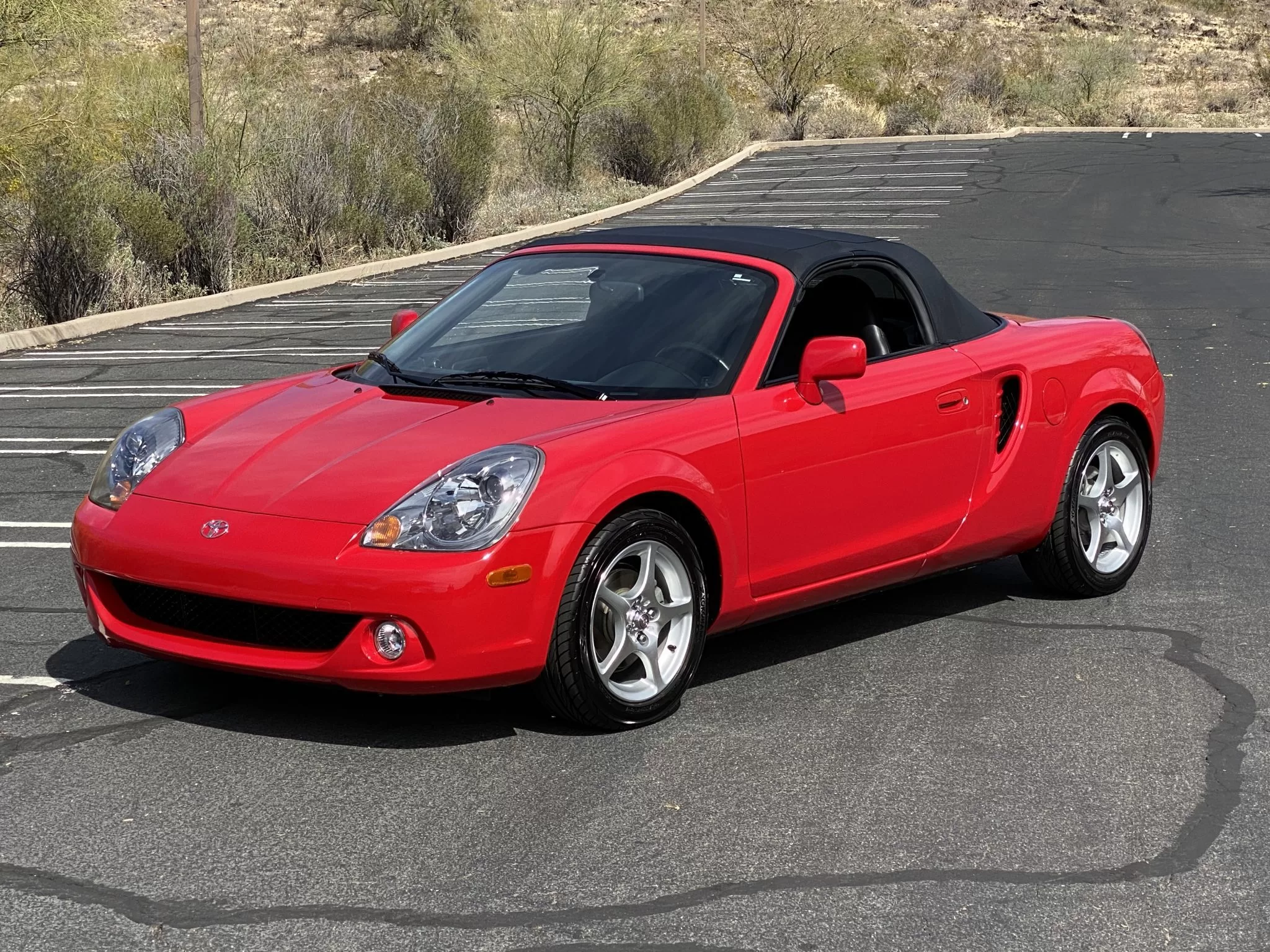 Engine choices grew as well: joining the twin-cam was a new 200-horsepower turbocharged option plus a 145-horsepower non-turbo for the North American market. This power could now reach the road via a T-bar removable roof panel for open-air thrills or a new raised rear spoiler and suspension helping press the rear for improved grip. While not inexpensive, the second-gen MR2 turbo finally granted Toyota performance legitimacy at home and abroad.
Engine choices grew as well: joining the twin-cam was a new 200-horsepower turbocharged option plus a 145-horsepower non-turbo for the North American market. This power could now reach the road via a T-bar removable roof panel for open-air thrills or a new raised rear spoiler and suspension helping press the rear for improved grip. While not inexpensive, the second-gen MR2 turbo finally granted Toyota performance legitimacy at home and abroad.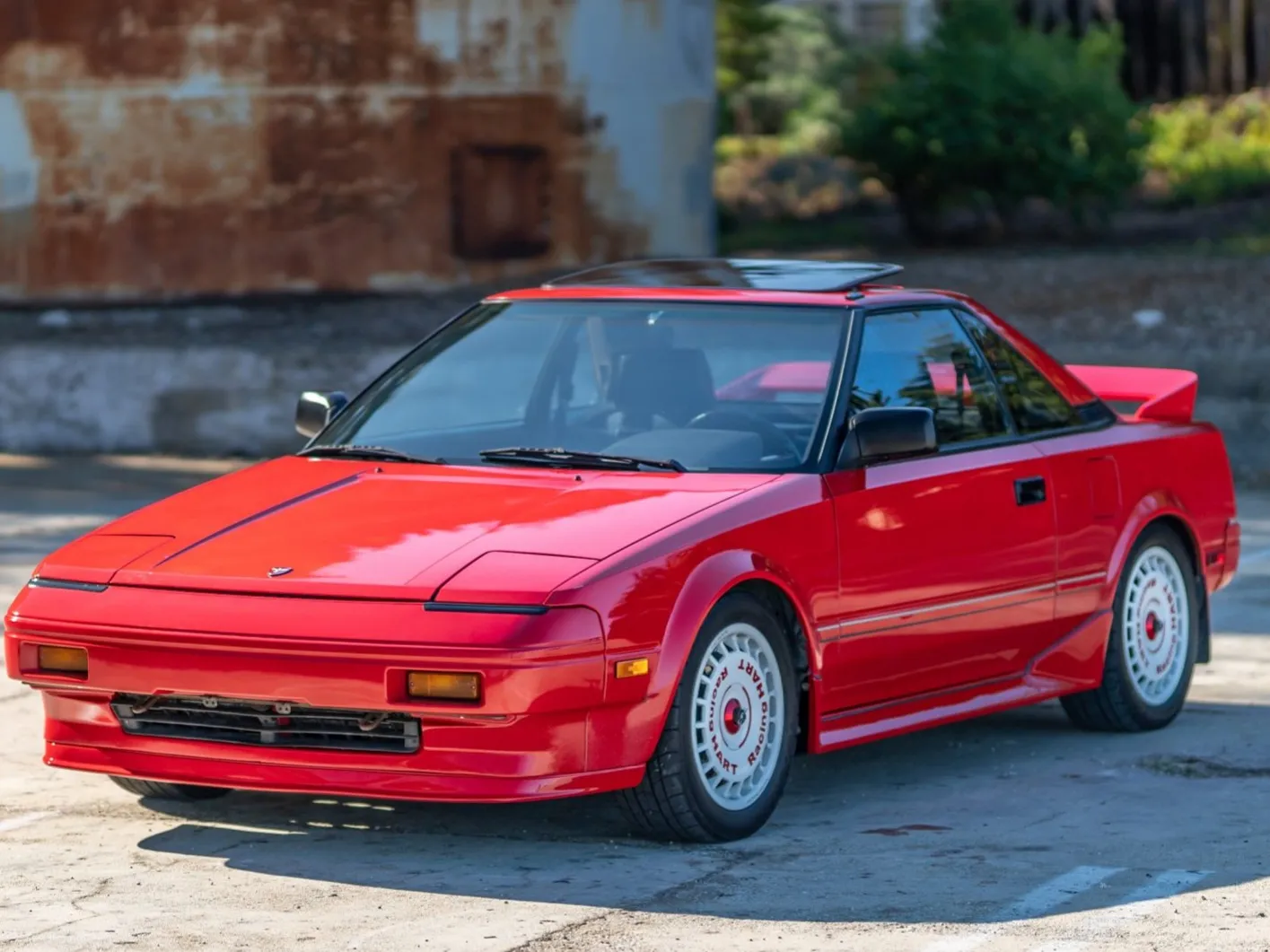
Third Gen (W30 1999-2007) – The MR Coupe Forges Its Own Identity
At the late 1990s dawn of the new millennium, Toyota sought to realign the MR2 into a distinctive niche as coupes declined industry-wide and mid-engine complexity limited adoption. The resulting third gen W30 MR2 grew slightly in every exterior dimension aiming for a lean muscular visual and enhanced grand touring ability versus raw speed. Extensive wind tunnel optimization trimmed drag while a glass rear hatch enabled increased storage somewhat compensating for the loss of a convertible variant.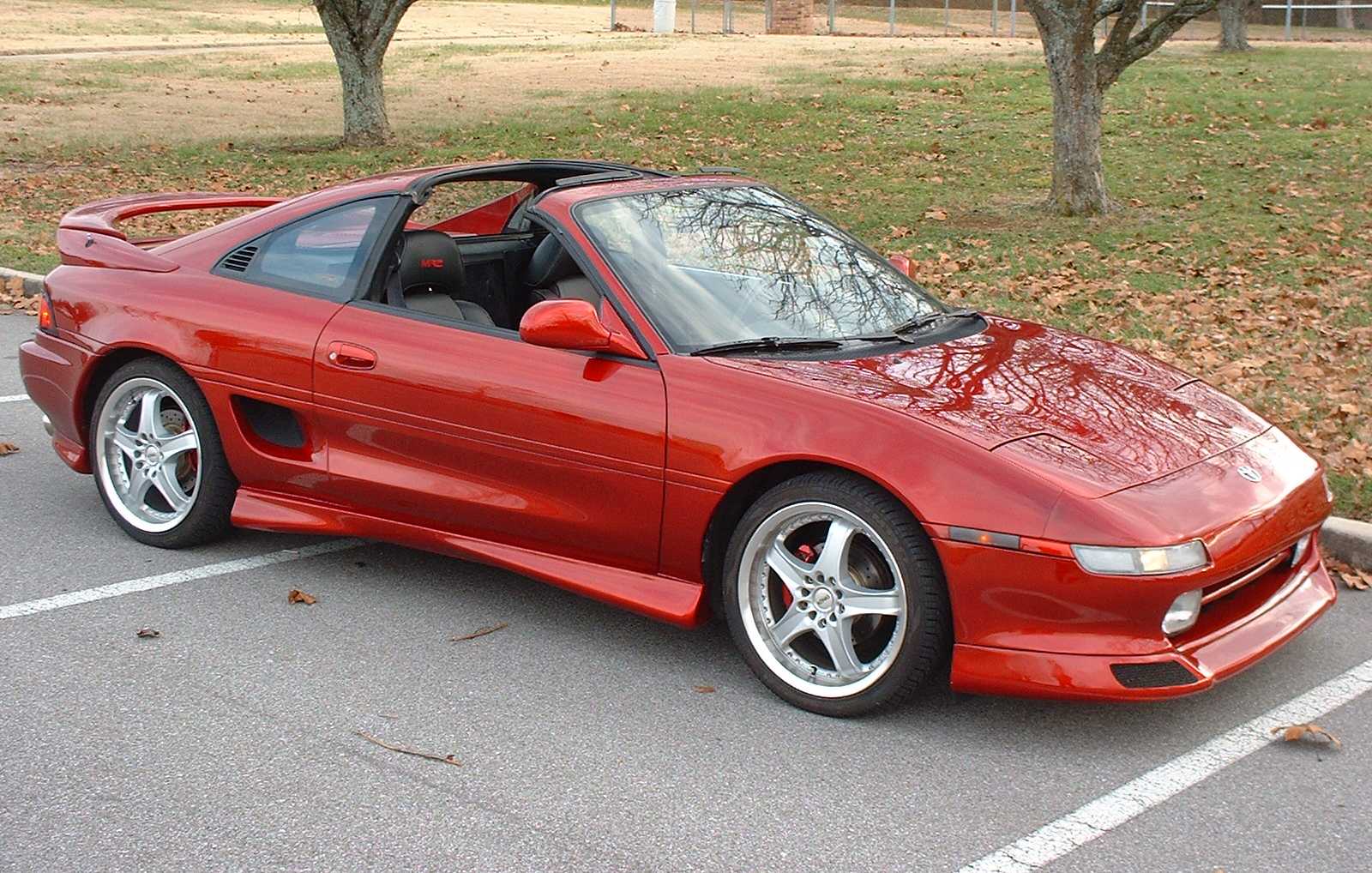 Underhood a 140 hp 1.8 liter all-alloy inline four sat astride the rear axle providing economical operation and a familiar raspy soundtrack. While not the quickest MR2 available, its poised chassis granted the W30 a satisfying, engaging poise winning praise as the best balanced of the bloodline.
Underhood a 140 hp 1.8 liter all-alloy inline four sat astride the rear axle providing economical operation and a familiar raspy soundtrack. While not the quickest MR2 available, its poised chassis granted the W30 a satisfying, engaging poise winning praise as the best balanced of the bloodline.
The MR2 Legacy – Bringing Affordability To Fascinating Tech
In the decades since the first MR2s rolled off the line, few automakers outside elite brands can claim to have kept the mid-engine layout continuously available at any cost below $70,000 let alone near the MR2’s working-class apparel. Through an astute synthesis of modest power, featherweight, and deft suspension tuning across three generations, Toyota bridged this peculiar formula to the mainstream effectively enough to sustain sales for over 20 years. Gearheads loved modifying turbocharged examples, drift fans gravitated toward later revisions while collectors and historians came to appreciate the MR2’s role in cementing Toyota’s sporting legacy for new generations. Well before premium brands democratized blistering performance we largely take for granted today, the plucky MR2 supplied a glimpse at our imminent future.
Gearheads loved modifying turbocharged examples, drift fans gravitated toward later revisions while collectors and historians came to appreciate the MR2’s role in cementing Toyota’s sporting legacy for new generations. Well before premium brands democratized blistering performance we largely take for granted today, the plucky MR2 supplied a glimpse at our imminent future.



